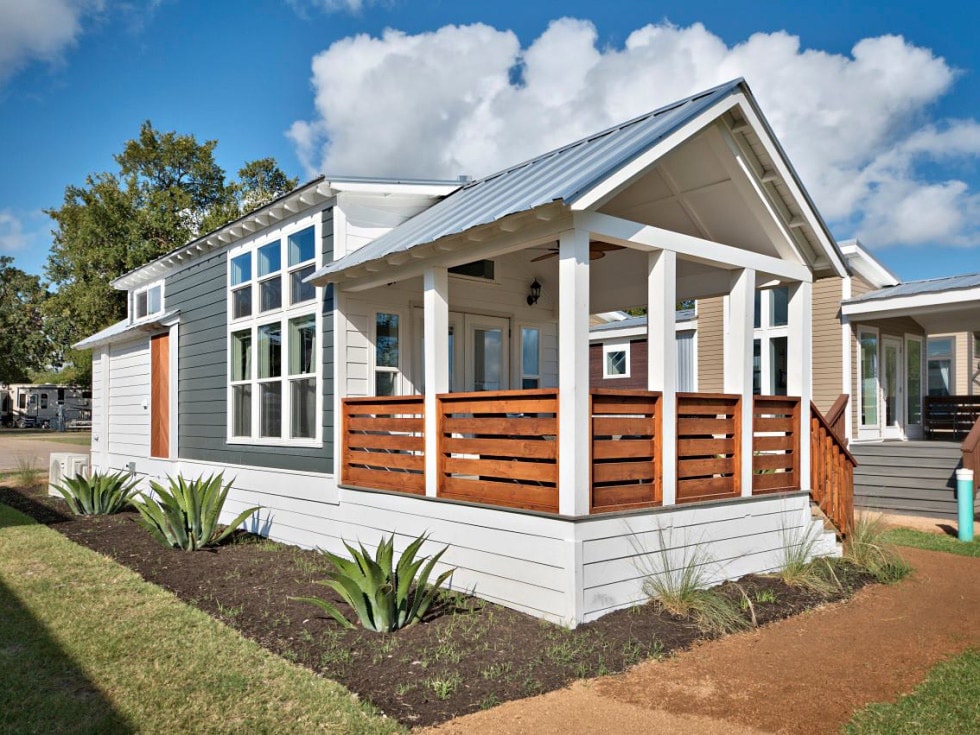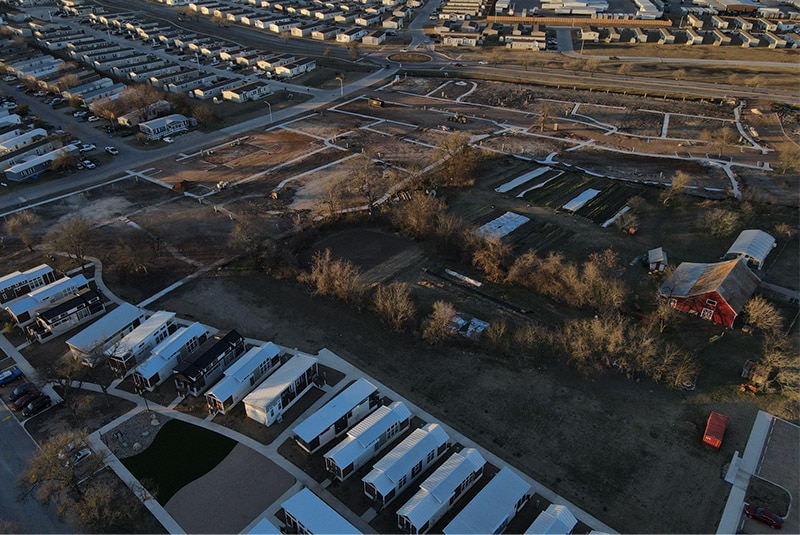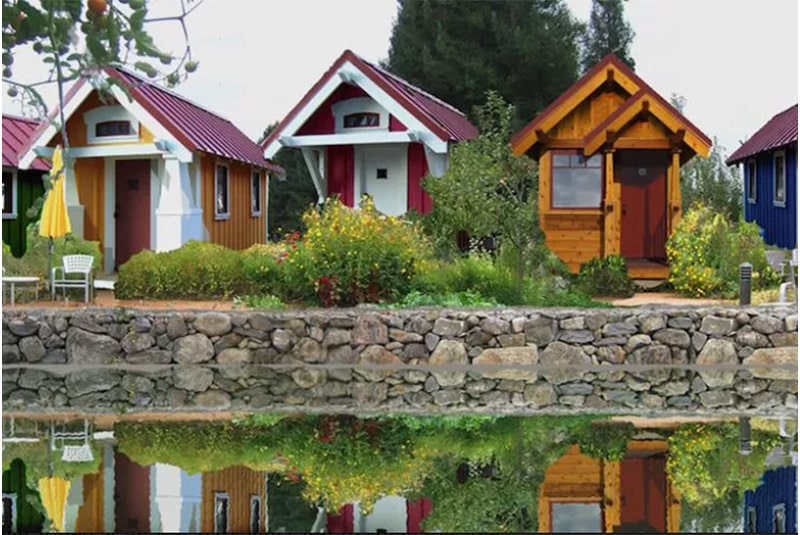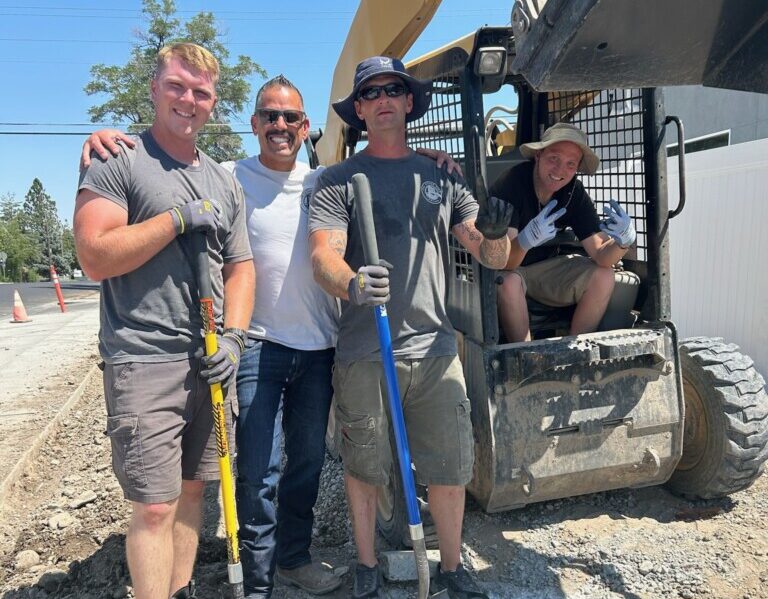When examining the problem of affordable housing one finds that there are two major components to it: zoning restrictions and the need for additional bicycle path infrastructure.
Problem #1: Zoning Restrictions
Current zoning restrictions prohibit and prevent affordable housing. While this is true, this is in essence saying the part our government leaders don’t want to say it out loud, so it must be whispered.
Government leaders pretend that the lack of affordable housing is due to greedy developers who just refuse to build affordable housing. This isn’t true. A lot of developers would step up and build affordable housing if it made financial sense, but it doesn’t because zoning restrictions prohibit the building of affordable housing or housing below around $200 per square foot. Most housing now around SLC is upwards of $350 per square foot. Why is it so expensive? For many reasons but mainly because everyone must build homes in a very specific manner: according to codes and zoning requirements and to do this we must hire a General Contractor who knows the codes, who then hires subcontractors who build to code. This requirement for everyone who wants a roof over their heads to follow codes and zoning is what makes housing unaffordable. So why not change codes and zoning?
Especially here in Utah, political leaders and developers are often one and the same or working for each other. This is why there is currently a moratorium on building any more homeless shelter spaces in Salt Lake City. Homeless shelters can drive down property values. There is a major need for more shelter space or at least a city-sanctioned homeless campground, but it is not going to happen any time soon. Why? Because our political leaders are more concerned about protecting high-end developments and downtown properties than the possible concern they might have over the homeless freezing in the cold. (as we have been covering at Utah Stories since last winter).
For this reason, we are not seeing any tiny home communities, modular homes exemptions, or quarter-acre lots being broken into tiny-home lots. The only action being taken towards infill development in solving our housing shortage is to allow for more ADUs (accessory dwelling units) and more expensive condos getting permitted to rise a few stories higher than they were a decade ago.
If zoning restrictions were eased to allow for tiny home communities, this could make an enormous difference in increasing the affordable housing supply near the city. This is because the cost per square foot could be less than $150 or even less if modular homes or even high-end tents or yurts were permitted. But currently, here in Utah, we are making little progress, with the exception of the Other Side Village, which has been delayed over and over again because they aren’t getting the PR support they need from political leaders.

To be fair it isn’t just political leaders who are scared and who protest zoning changes, but also, NIMBYISM (Not In My Backyard!) residents are also preventing this problem from being solved. However, this could be solved with more public-awareness campaigns and spending on showing how other cities such as Austin, Texas’ tiny home communities are solving their affordable housing problems by easing restrictions on zoning and allowing affordable housing models to be constructed in suburban areas.
How Tiny Home Communities Work
Imagining a tiny home a person may assume that we are talking about living in a shed or former chicken coop in someone’s back yard. This is not the case.
A tiny home is a much more affordable housing option because building costs are lowered by reducing overall square footage. Tiny homes still require all electrical, gas, and water hook-ups just like a normal home. Also, just like regular homes, construction needs to be built to specific safety codes.

The main difference is that tiny home codes are not the same codes as traditional housing. The codes for tiny homes don’t exist in most cities and states so tiny home builders adhere to the codes for trailer homes or custom RVs. Heating, electrical, and plumbing requirements are all scaled down, and often the home itself must remain modular and portable because cities don’t wish to change their codes to accommodate tiny homes or true “deeply affordable housing”.
But how tiny homes can save a huge amount of money for first-time home buyers is by using far less land than traditional housing. A tiny home can sit on as little as a 15’ x 30’ footprint, add on a front porch and small garden area and the entire lot size for a tiny home could be as small as 30’ x 40’ or just 1,200 sqft; compare this to a traditional lot size which is 1/5th of an acre or 8,567 sqft. This means 5-7 tiny homes could be offered on a traditional home lot. And homeowners could more easily build their own tiny homes than traditional homes.
Why Tiny Homes Make Sense For First-Time Home Buyers
Tiny homes are usually two stories, with the second story being a loft sleeping area, and the bottom level providing the living space: kitchen, bath, and possible convertible second sleeping area.
But the lot size and the potential to put as many as seven tiny homes on a traditional lot (if zoning permitted) would allow for a lot’s purchase price of around $80K and a building cost ranging from $80K to even as little as $12K (if the home-owner would like to build the home themself). Contrast this with current single-family housing price home prices in Salt Lake City’s urban areas fetching $400K. Tiny homes have the major advantage of cutting way down on construction costs because they can be built in a modular manner in factories, and even 3D printed. But some still balk at the idea of a 550-square-foot home for over $100,000.

Compare this price with the cost of renting a comparable-sized studio apartment, in which owners don’t build equity, which also may have HOA fees, additional parking fees, utilities etc. and the concept begins to make a lot of sense. First-time homeownership among those in their twenties shouldn’t be only open to doctors, lawyers, and engineers.
Building equity in real estate at a young age is a key component to wealth building and enjoying a greater degree of independence and a much more secure retirement. But tiny homes alone can’t solve our affordable housing crisis in Utah. There is another aspect to the problem that is eating away at residents’ savings, preventing wealth building, and dirtying our air. The second problem is energy and transportation which we will get into in the next part.
RELATED CONTENT
Could Tiny Homes Be the Answer to Utah’s Affordable Housing Shortage?
Tiny Houses May be the Solution to a Big Problem in SLC
Big Dreams for Tiny Houses by Architectural Nexus in Salt Lake City
Babs DeLay: Utah’s Housing Market Suffers Under The Weight of California Migrants
Subscribe to Utah Stories weekly newsletter and get our stories directly to your inbox





